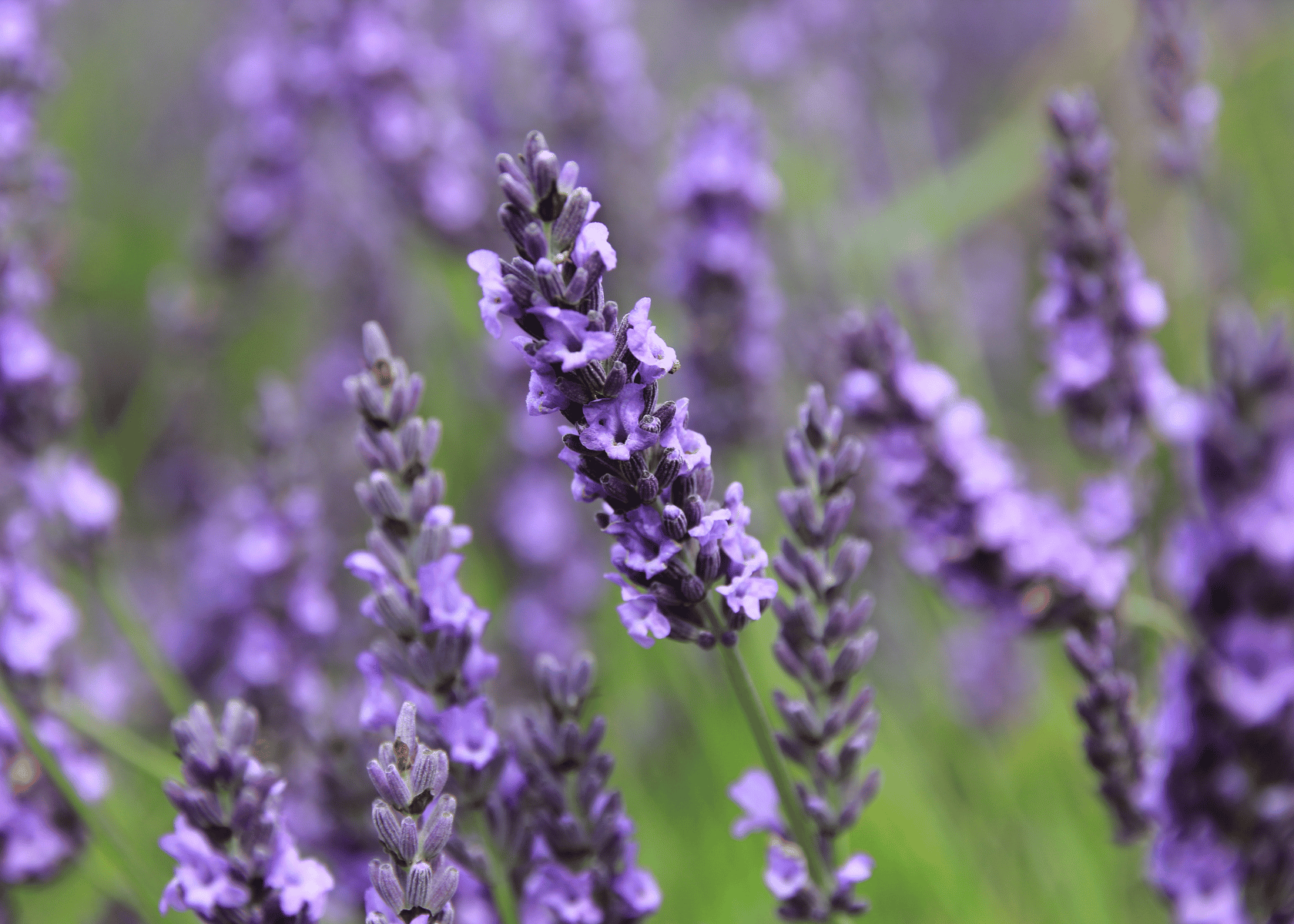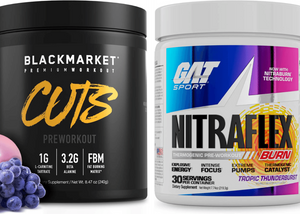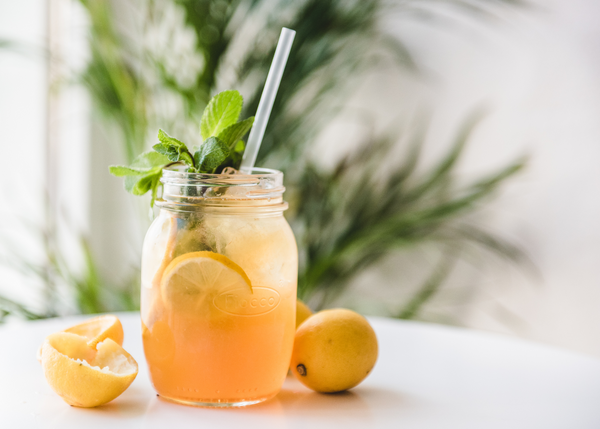If you've stayed up to date on anti-aging beauty trends, then chances are you've heard of both retinol and bakuchiol. But what is the difference between these two powerful ingredients?
Retinol has been used for decades as a go-to ingredient for improving skin health, from reducing redness to evening-out lines and wrinkles.
In recent years, however, natural alternative to bakuchiol has started making waves in the skincare world. What makes it better than retinol? And how might it benefit your skin differently?
Let's explore the differences between these two active ingredients so that you can make informed decisions about how to choose products tailored to your individual needs.
What is Bakuchiol?

Bakuchiol is a natural substance found in the seeds and leaves of the Psoralea Corylifolia plant, which has long been used in traditional Chinese medicine.
In recent years, bakuchiol has gained attention in the beauty industry as a natural retinol alternative due to its similar anti-aging properties.
How bakuchiol works on the skin?
Bakuchiol works by stimulating collagen production, improving skin elasticity, and reducing the appearance of fine lines and wrinkles super sensitive skin.
It also has antioxidant properties that help to protect the skin from environmental stressors, such as pollution and UV rays.
Benefits of bakuchiol for the skin
One of the key benefits of bakuchiol is that, unlike retinol, it is gentle on the skin and does not cause the same dryness, irritation, and sensitivity associated with traditional retinoids.
This makes it an ideal option for those with sensitive skin, as well as for those who are pregnant, breastfeeding, or looking for a more natural skincare solution.
What is Retinol?

Retinol is a powerful skincare ingredient that has taken the beauty industry by storm due to its incredible anti-aging benefits.
Retinol is a derivative of vitamin A and is found in many skincare products intended to reverse the signs of aging.
It was first discovered in the early 20th century and has since become a staple in the beauty industry.
How retinol works on the skin?
Retinol works by increasing cell turnover and stimulating collagen production, both of which help to reduce the appearance of fine lines and wrinkles.
It also helps to fade dark spots and improve skin texture, leaving the skin smoother and more youthful-looking.
Retinol also has the ability to unclog pores, making it an excellent choice for those with acne-prone skin.
Benefits of retinol for the skin
The benefits of retinol for the skin are numerous, but they don't stop there. Retinol has been found to have antioxidant properties, meaning it can help to protect the skin from environmental damage caused by free radicals.
It has also been shown to improve skin hydration levels, reducing dryness and flakiness.
However, while retinol is a powerful anti-aging ingredient, it should be used with caution. Retinol can cause skin irritation and sensitivity, especially when first starting to use it.
It is, therefore, important to introduce retinol slowly into your skincare routine and always use sunscreen during the day when using it.
Side Effects and Safety of Bakuchiol and Retinol

When it comes to anti aging skincare routine, many people turn to popular ingredients like bakuchiol and retinol.
While both of these ingredients have been shown to offer significant benefits, they can also have potential side effects that need consideration.
Bakuchiol
Bakuchiol is a natural, plant-based ingredient that has gained popularity in recent years as a gentler alternative to retinol.
Some studies have shown that it can be just as effective as retinol in reducing the appearance of fine lines and wrinkles, improving the texture of the skin, and boosting collagen production.
However, bakuchiol can also have some potential side effects if used excessively or improperly. Some people may experience skin irritation, redness, and a worsening of acne symptoms.
Retinol
Retinol is a synthetic form of vitamin A that is widely used in skincare products for its ability to promote cell turnover, stimulate collagen production, and reduce the appearance of fine lines and wrinkles.
While retinol can be highly effective, it can also have some drawbacks. It can cause skin irritation, dryness, and flakiness, especially when first starting to use it.
It can also make the skin more sensitive to the sun, which can lead to an increased risk of sunburn and skin damage. Moreover, people have reported more facial skin scaling due to retinoic acid.
Comparison of the Safety of Bakuchiol vs Retinol
When it comes to the safety of these two ingredients, there are some key differences to consider.
Bakuchiol is generally considered to be milder and less irritating skin sensitive than than retinol, making it a better option for those with sensitive skin. This is because it doesn't work via the same retinoic acid receptors.
However, some people may still experience side effects with bakuchiol, especially if they have allergies or other skin sensitivities.
Retinol, on the other hand, has been extensively studied and is considered to be safe for most people when used properly.
However, it is important to follow the instructions carefully and start with a low concentration to avoid overwhelming the skin.
It is also important to use sunscreen and avoid excessive sun exposure while using the retinol cream.
Which Ingredient is Better Suited for Different Skin Types?

When it comes to choosing between bakuchiol and retinol, it ultimately depends on your skin type and concerns.
Bakuchiol may be a better option for those with sensitive or oily skin though, as it is generally less likely to cause irritation. It can also be a good choice for those who prefer natural, plant-based ingredients.
Retinol, on the other hand, maybe a better choice for those with more severe signs of aging, such as deep wrinkles or sun damage. It can also be effective for those with acne-prone skin, as it can help reduce oil production and improve overall skin texture.
Ultimately, it is important to consult with a dermatologist or skincare professional to determine which ingredient is best suited for your individual needs and concerns.
With proper use and care, both bakuchiol and retinol can offer significant benefits for the skin.
Tips for Using Bakuchiol and Retinol
When using bakuchiol, start by applying a small amount to cleansed and toned skin. Bakuchiol can be found in serums or moisturizers, so choose the product that best suits your needs.
You can use bakuchiol both day and night, but it is crucial to remember to wear sunscreen during the day. Bakuchiol increases sun sensitivity, so SPF protection is essential.
Retinol is another popular anti-aging ingredient, but it can be more potent and potentially irritating. When using retinol, it is best to start slow and gradually introduce it into your routine.
Begin with a low concentration and only use it a few times a week until your skin adjusts. Retinol can cause dryness or flaking, so be sure to use a gentle moisturizer to restore hydration.
How to Incorporate Each Ingredient into Your Skincare Routine

When incorporating these ingredients into your skincare routine, be sure to apply them after cleansing and toning. Bakuchiol can be used before or after moisturizer, while retinol should be used before moisturizer.
If you are using multiple active ingredients, be sure to layer them according to texture, starting with the thinnest and ending with the thickest.
How Often Should You Use Bakuchiol and Retinol?
The frequency of use depends on your skin type and sensitivity. Bakuchiol can be used daily, but it is essential to start slow and work your way up to daily use.
Retinol, on the other hand, should be used two to three times a week to start and gradually increased as your skin tolerates it. Remember, consistency is key, and it may take several weeks to see noticeable results.
Take Away
Bakuchiol and retinol are both excellent anti-aging ingredients, but it is essential to understand how to use them properly.
Incorporating these ingredients into your skincare routine can help reduce the appearance of fine lines, wrinkles, and other signs of aging.
Start slow, be consistent, and always wear sunscreen during the day.









